A good sturdy tripod is probably the next best investment, after a good camera and lens. Regardless of what people might say, nothing works as well as a tripod when it is required. The lack of information and the choice of brands (including many unheard of names) becomes a nerve-wrecking experience. So much so, that after browsing the overwhelming choices available, many photographers just let it go and stick to whatever aids they had been using earlier.
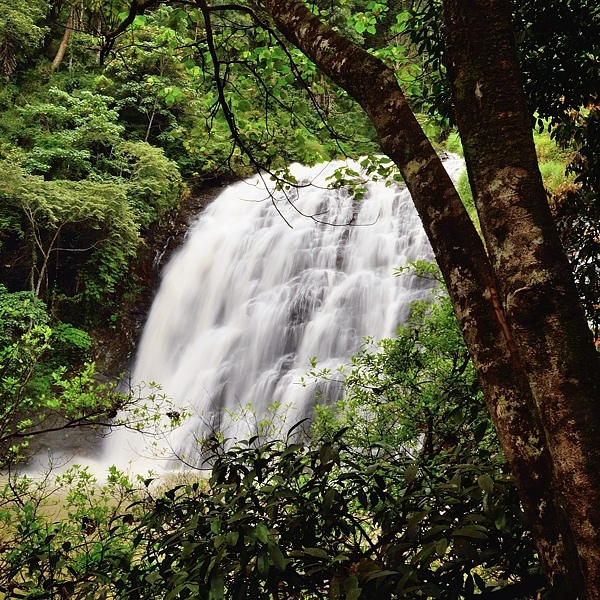
(Waterfalls – Nikon D200 with Nikkor 18-35mm, 1/8 sec)
Tripod is essential
There are many scenarios where tripod becomes essential. Here is a small list where it can be indispensable.
- In low light when the exposure requires the shutter to be open for a long time (much below the usual ‘1/focal-length’ shutter speed).
- Creating motion blurs.
- Using heavy photography gear.
- Images which require precise framing, like the ones for creating a panaroma by stiching or for creating HDRs.
- Long exposures. Star lit skies, star trails, traffic light trails etc.
- Making self portraits or including oneself with the family/friends.
- Long shutter opening time when the subject is to be lit by strobes for freezing the motion.
- Macro/micro photography.
- Videos.
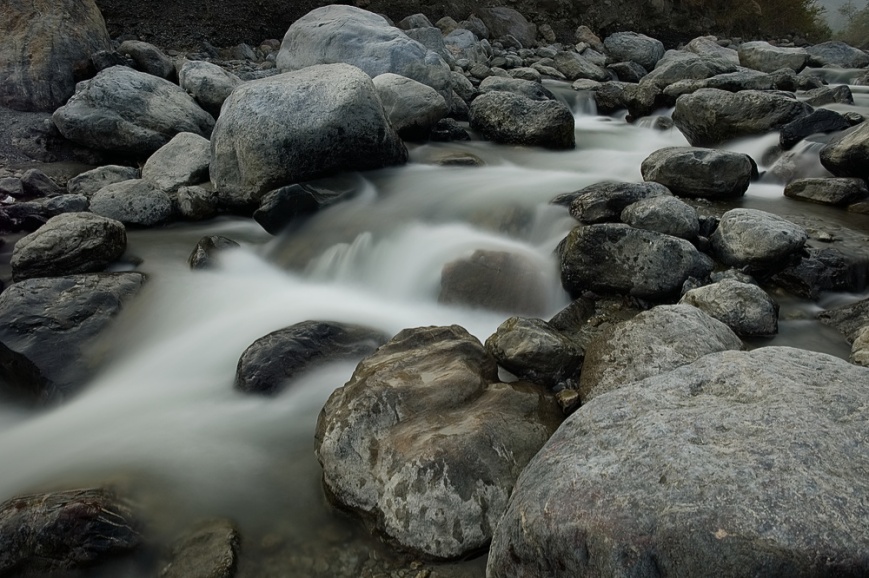
(A long exposure shot of a mountain stream)
Options other than tripod
Present day cameras have excellent high ISO performance. Noise is less and with proper-post processing it can be further reduced. However the best ISO performance for any camera is still at its native ISO (usually the lowest)
Bracing oneself or using any of the methods to prevent camera shake work but to an extent (Camera Shake – How to avoid it?). For a good sturdy support, tripod is essential. Portable supports like table-top tripods, bean-bags and even monopods do not provide the amount of support that a good tripod can.
Do your photography a big favor and invest in a good, sturdy tripod. It will be well worth the investment. I do agree that traveling with a tripod slows me down and usually I travel without any tripod, but there are time when I wish I had a tripod with me (Do I use Tripods?).
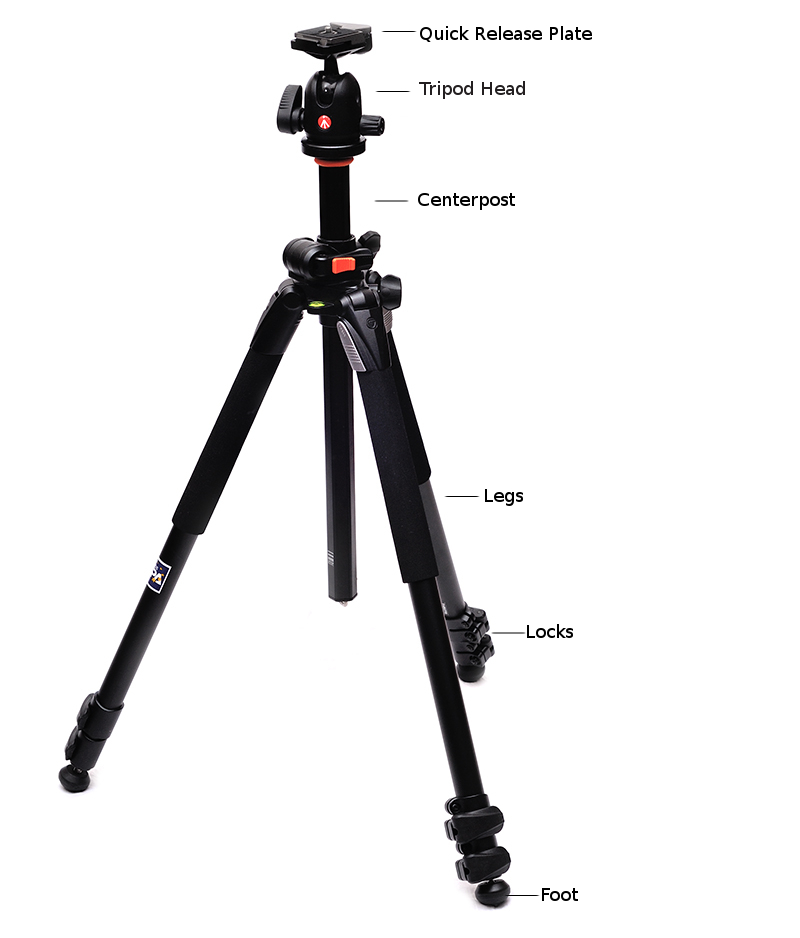
Tripod Parts
Before going to the discussion on choosing the right tripod, first the naming of the tripod parts is to be understood.
- Legs – Tripod name itself is because of its three legs. These are the three long tubes, which are frequently collapsible, that make the tripod stand. These telescopic legs are held in place by ‘locks’.
- Centerpost – All the three legs support a central area which has another tube running though it. This tube is called the centerpost. The central column can be raised or lowered and locked into its position.
- Feet – These are the lower end of the tripod legs and can have various types of endings. Some have spikes whereas others can have rubber ends. Inexpensive tripods have just plastic caps, preventing dust from entering the tubes.
- Head – This the part that allows all kinds of movements and has a place for attaching the lens or camera. This can be an added accessory mounted on top of a tripod (modular heads) or it can be an integral part of the tripod. Heads that can be rotated freely around a ball with a lock mechanism are called ball-heads. The ones that have controls for each movement axis separately are called pan-tilt heads. Then there are specialized heads like the ones which act like a swing (Gimbal) or work open and lock with a single button (Pistol Grip). Integrated heads are quite common in inexpensive tripods.
- Quick release system – Most of the heads now a days have a plate which can be attached to the camera using a screw. The plate then attaches to the tripod head using a simple drop-n-lock mechanism. This enables quick attachment and release of the camera from the tripod head.
Apart from the above tripods also have various accessories which can be helpful at times. Some tripods have a hook below the centerpost to hang the camera bag for increased stability. Spirit levels, foam covered legs, carry bags are other useful things that come with tripods.
How to choose a tripod
An ideal tripod would be very very light, support all the heavy lenses and cameras easily, easy to setup and use and be easy on the pocket. Unfortunately there are physics and economics laws working against us and so we are forced to choose based on what suits us more rather than searching for an ideal tripod.
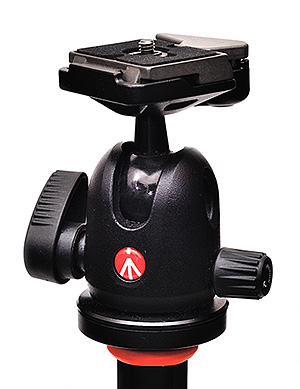
Tripod Head – Calculate the total weight of your camera and lens combined from their specifications and add another 20% to it. This should be the lowest weight bearing capacity of the head that you should be looking at. If you want to set up tripod quickly, opt for a ball head. For birds and wildlife photography, Gimbal is the best option. If videography or very fine adjustments are on your mind, look no further than a good pan-tilt head. Whatever head you are opting for, consider the quick release plate. It makes sense to buy a quick release plate system which is present in other tripod heads too and invest in a couple of extra quick release plates. I use Manfrotto RC2 based heads. It is easy for me to unmount the camera from a tripod and mount another lens instead which has the RC2 quick release plate attached to it. Go for a specialized head like Equatorial or Alt-Azimuth if your profession is photography or astronomy and your work demands it. Fluid heads have an added component of weight and chances of failure. Avoid them if your purpose is photography.
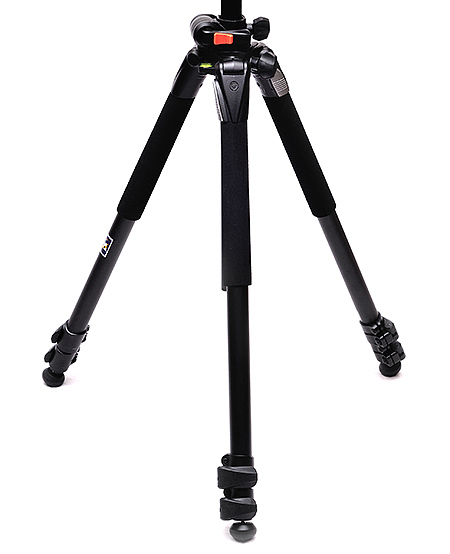
Tripod – Combine the weight of the camera, lens with their extra 20% and now add to it the weight of the tripod head. This is the minimum value that your tripod should support. Now browse the common brands available which can bear this load. The choice will be slightly limited. Further limit your choice based on the budget. Carbon fiber tripods are more expensive than aluminum ones. Prices for the same specification models can vary across various brands so keep your options open. Benro, Slik, Manfrotto, Vanguard, Gitzo, Davis & Sanford etc are all good brands.
I prefer tripods that fold down to a small size. This is the next thing which should be looked into. The telescoping legs with 4 or 5 sets fold down to a smaller size than the common legs consisting of 3 tubes. Quick lock mechanism is quick as the name says. Though almost all the tripods now come with the quick locks for fixing the extended legs but do crosscheck it. These are as stable as the traditional locks that have to be turned and tightened.
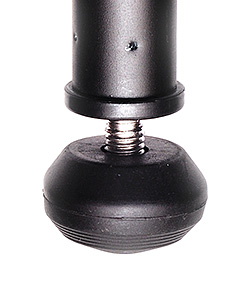
Tripod feet should ideally be rubber based. In some tripods the rubber feet can either be exchanged for spikes or just tightened to extrude spikes. I have never had the chance to use spikes though my tripod has this option. There are some tripods available that have an interlocking mechanism or an extra frame that holds the legs together. This does not help in anyway apart from adding some weight to the tripod. Some tripods also give the option to set them really low by spreading out the legs or tilting the centerpost. These are nice options but once again rarely used. Do not be enticed by them. If however your tripod provides them, consider that an added benefit which you can bank on for getting a good price when you sell your tripod (provided the buyer has not read this article of mine).
Centerpost can be raised and lowered directly by releasing a lock or through a geared mechanism by turning a handle. I prefer the direct release system rather than the geared one. Though the geared is should logically be more stable but in my experience I have not found it so. I prefer the direct release system since it is fast to setup. Centerpost is the least stable part of the tripod so double check the locking mechanism and test the stability by trying to shake it when it is resting all the way down (top of the centerpost is closest to the place where the legs converge). Some advanced tripod models also allow tilting the centerpost. This can be useful for macro shots and for going close to the ground.
One important aspect are the screw sizes. Just make sure that the tripod screw fits the base of the tripod head. In case there is a size mismatch, check for availability of screw adapters before purchasing the tripod. (The common thread size for most DSLRs and lens-collars is 1/4 inch with 20 threads/turns per inch. 3/8 inch is the other standard thread size with 16 threads/turns per inch. The broader thread size is often used to attach head to the tripod body)
Their are some new versions of tripod also available which are comfortable to use but not too steady. The gorillapod (tripods with flexible legs) and table-top tripods are two common unconventional tripod types. I use a mini table-top tripod for my family trips.
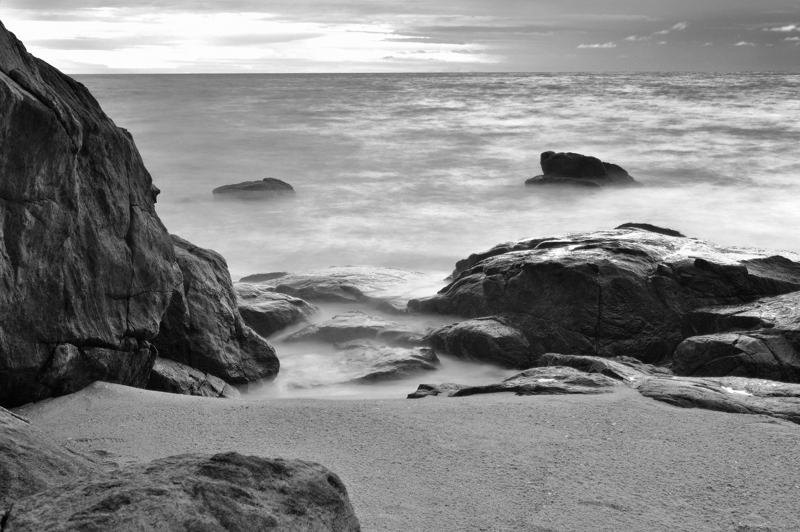
For those of you still wondering, I use a Vanguard Alta-Pro 263 AT with Manfrotto 496 RC2 ball head. It serves me well.
Further reading:
Tripod – using it efficiently!

Awesome post brother
LikeLike
Thanks Dr.maini Your article is very helpful to me.I am an Amateur photographer. Actually Travel photography and landscape photography is my subjet. My camera is Nikon D7100. I use tokina 11-16, Nikon 18-140 & Nikon 70-300 vr lens.I want to buy one of the Benro T660ex ,T800ex & T880ex
Tripod. Please tel me it will serve my purchase or not.
Regards
Samir Sarkar
LikeLike
Among the three Benro models, T800EX and T880EX are sturdier than T660EX. Buy one out of these based on your requirement for the maximum height. I would have bought T800EX had I been in your place.
LikeLike